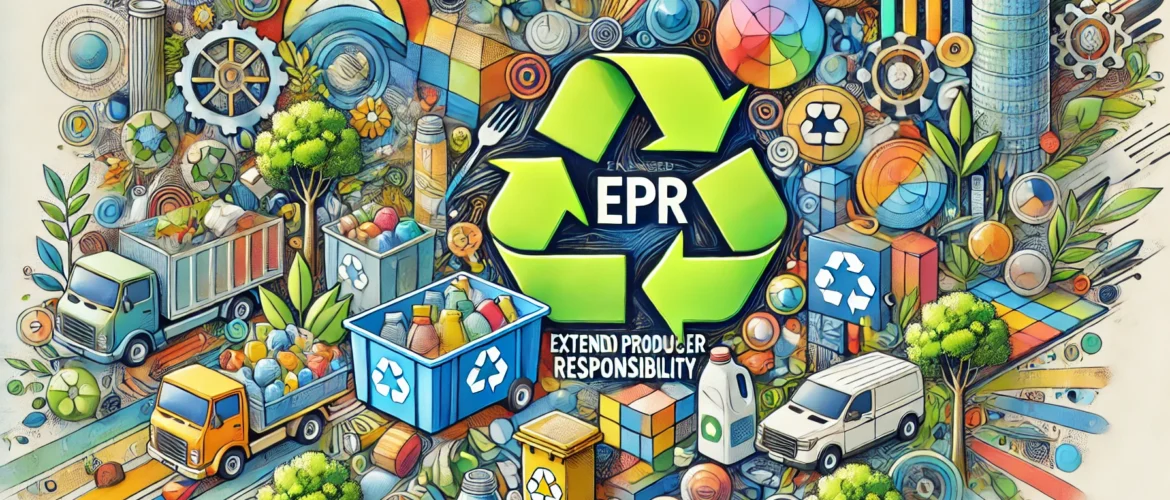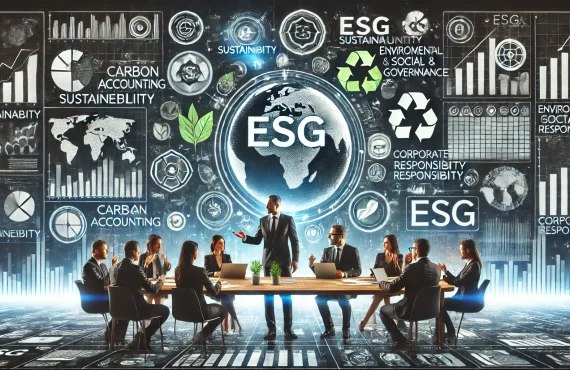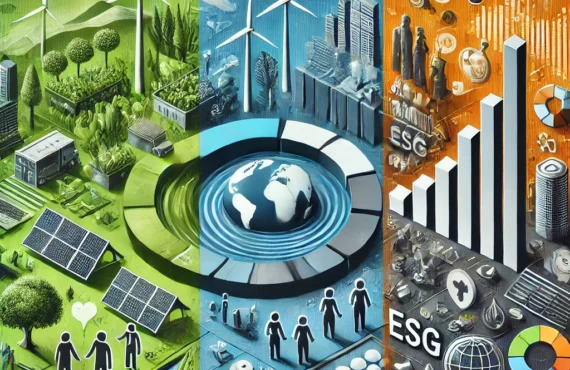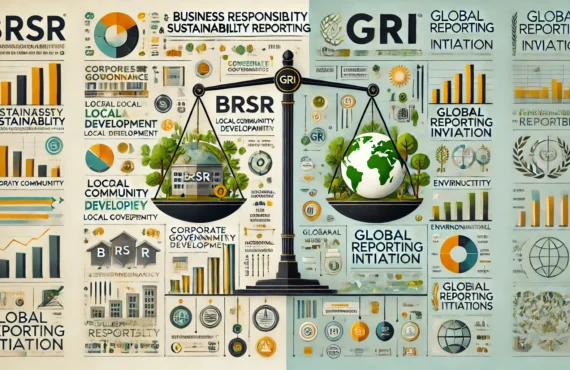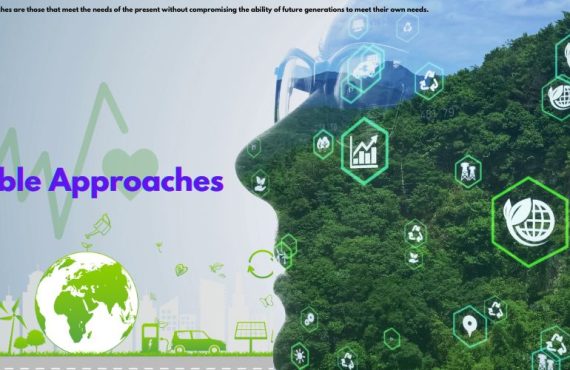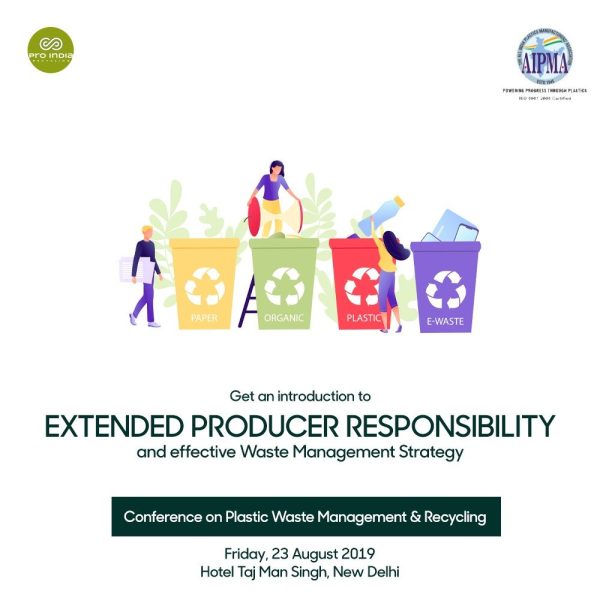How EPR could revolutionize the fight against plastic waste: What You Need to Know!
Plastic waste is choking our planet, polluting oceans, littering landscapes, and harming wildlife. As the crisis deepens, nations and industries worldwide are searching for innovative solutions to reduce the environmental impact of plastic. One strategy gaining traction is Extended Producer Responsibility (EPR). Could EPR be the key to revolutionizing the fight against plastic waste? Let’s dive into what EPR is, why it matters, and how it’s already making a difference globally.
Understanding EPR: A Game-Changer for Waste Management
EPR is a policy framework that holds producers accountable for the entire lifecycle of their products, including post-consumer waste. Instead of placing the burden solely on governments and consumers, EPR ensures that companies share responsibility for reducing, collecting, and recycling the waste their products create.
This approach incentivizes businesses to adopt sustainable practices, develop eco-friendly products, and contribute to a circular economy where resources are reused instead of discarded.
How EPR is Making an Impact: Live Examples
1. Norway’s Mandatory Packaging Regulations
Norway is a pioneer in implementing stringent EPR laws. Under its regulations, producers finance the collection and recycling of packaging waste. They are also required to design recyclable packaging and report annually on their waste management efforts.
The results? Norway boasts one of the highest recycling rates in the world, with over 97% of plastic bottles being recycled. This success showcases how EPR can drive measurable progress in reducing plastic waste.
2. India’s Plastic Waste Management Rules
India introduced EPR mandates under its Plastic Waste Management Rules, requiring producers to set up systems for collecting and recycling the plastic waste they generate. Companies are encouraged to collaborate with recyclers and municipalities to ensure efficient waste processing.
Although enforcement challenges remain, leading brands like Nestlé India and Unilever have established robust collection systems, diverting tons of plastic from landfills and contributing to cleaner cities.
3. Patagonia’s Circular Economy Model
Outdoor apparel brand Patagonia has embraced EPR by promoting product durability and repairability. Customers can return worn-out gear, which the company repairs or recycles into new products. Patagonia’s Worn Wear program embodies EPR principles while inspiring a culture of reuse among consumers.
4. Cruz Foam’s Biodegradable Innovations
Cruz Foam has developed sustainable packaging made from biodegradable materials like chitin, a byproduct of seafood. This innovative alternative to polystyrene aligns with EPR by offering eco-friendly solutions that minimize environmental harm. By replacing plastic with renewable resources, Cruz Foam demonstrates how EPR can spur technological advancements.
Why EPR Matters: The Benefits
- Encourages Innovation: EPR drives companies to rethink product design and packaging, fostering the development of recyclable and biodegradable materials.
- Reduces Waste: By creating efficient collection and recycling systems, EPR minimizes plastic pollution and conserves resources.
- Promotes Shared Responsibility: EPR ensures that producers, consumers, and governments work together toward sustainability.
- Supports Circular Economies: EPR enables a shift from linear production models to circular ones, where materials are continually reused.
Challenges and Controversies in EPR Implementation
While EPR holds great promise, it’s not without challenges:
- Economic Viability: Recycling plastic often costs more than producing new materials. Without financial incentives or subsidies, companies may struggle to invest in recycling programs.
- Enforcement Issues: In many countries, weak regulatory frameworks lead to poor compliance and enforcement, limiting the effectiveness of EPR policies.
- Greenwashing Risks: Some companies superficially adopt EPR initiatives for marketing purposes rather than genuine sustainability, undermining the policy’s goals.
- Public Awareness: For EPR to succeed, consumers must actively participate in waste segregation and recycling efforts. Lack of awareness often hinders their engagement.
The Road Ahead: How EPR Can Lead the Way
To fully realize the potential of EPR, stakeholders must address these challenges through:
- Policy Innovation: Governments should create clear regulations, provide financial incentives, and establish strict compliance mechanisms.
- Public-Private Collaboration: Partnerships between governments, businesses, and NGOs can ensure seamless implementation and scalability.
- Consumer Education: Raising awareness about EPR and its benefits can encourage active participation in recycling initiatives.
Conclusion: A Path to a Plastic-Free Future
Extended Producer Responsibility represents a significant shift in how we tackle the global plastic waste crisis. By holding producers accountable, encouraging innovation, and fostering collaboration, EPR has the potential to revolutionize waste management and pave the way for a sustainable future.
As countries like Norway and India demonstrate, EPR can lead to real, measurable change. However, achieving its full impact requires commitment from all stakeholders—governments, industries, and individuals alike. With collective effort and a focus on sustainability, EPR can become the cornerstone of the fight against plastic waste.
Are you ready to join the revolution? The fight for a cleaner, greener planet starts now!


